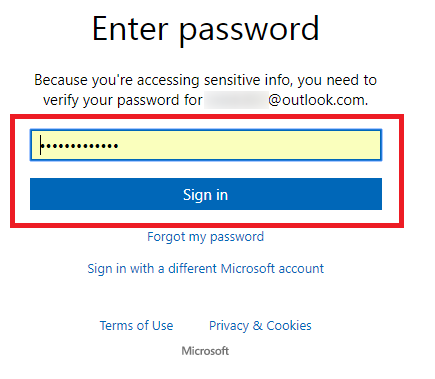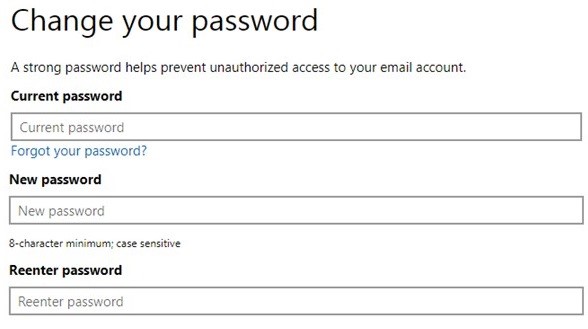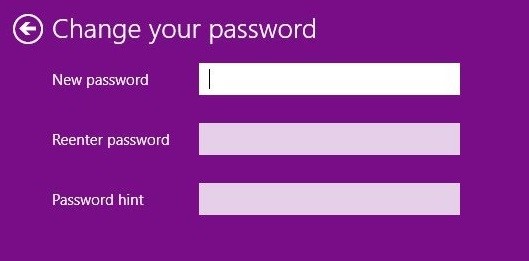How to Configure Expiration for Microsoft Password
If you follow the online presence of Microsoft’s top executives and developers, you’ll notice something that looks like an orchestrated effort. Every once in a while, someone posts something about the importance of having a strong password and how vital it is to change it regularly. Even more, in the last couple of years, Microsoft has forced their customers to use larger and stronger passwords for their accounts – every password must have at least 8 characters and contain at least two of the following: upper case letters, lower case letters, numbers, and symbols.
We can easily deduct that Microsoft is trying hard to limit the reach of hackers trying to use weak password lists to crack open accounts. Unfortunately, weak passwords aren’t the only treat to our password security. Let’s face it, the majority of us use only one strong password for all accounts. One key logger in the right place can compromise the whole suite of accounts that one user might have. With the latest cybersecurity treats, having an extra security measure for your Microsoft account(MSA) might just avoid a total disaster. A good start would be to enable password expiration, which will force you to change your password every 72 days.
This security measure has been around since Windows 7, but many users ignored it until the latest security concerns. If your MSA is fairly new, you probably have password expiration enabled unless you disabled it from the account creation screen. Luckily, users working with an old Microsoft account can easily enable this feature by following a few simple steps. The only downsize is they will be forced to change the password in the process.
Follow our quick guides down below to enable or disable password expiration for a Microsoft Account(MSA).
How to Enable or Disable Password Expiration
- Visit Microsoft web page and navigate to Change your password. You might need to log-in with your user credentials if it’s your first visit.

- You’ll be required to insert your current password, and type in the new password twice.

- Once you’ve inserted the required information, check the “Make me change my password every 72 days” box to enable password expiration. After you hit Next you’re all set up.

Note: If you need to disable password expiration the “Make me change my password” box will already be checked. Uncheck it and hit Next to disable password expiration.
- When the 72 days’ period has almost passed, you’ll get an email as well as a Windows notification prompting you to change your password. You should do it right away.

Note: If the 72 days’ period has expired, you’ll still be able to log into your Microsoft account with the old password, but you won’t be permitted to use any Microsoft service until you take the time to configure a new one.